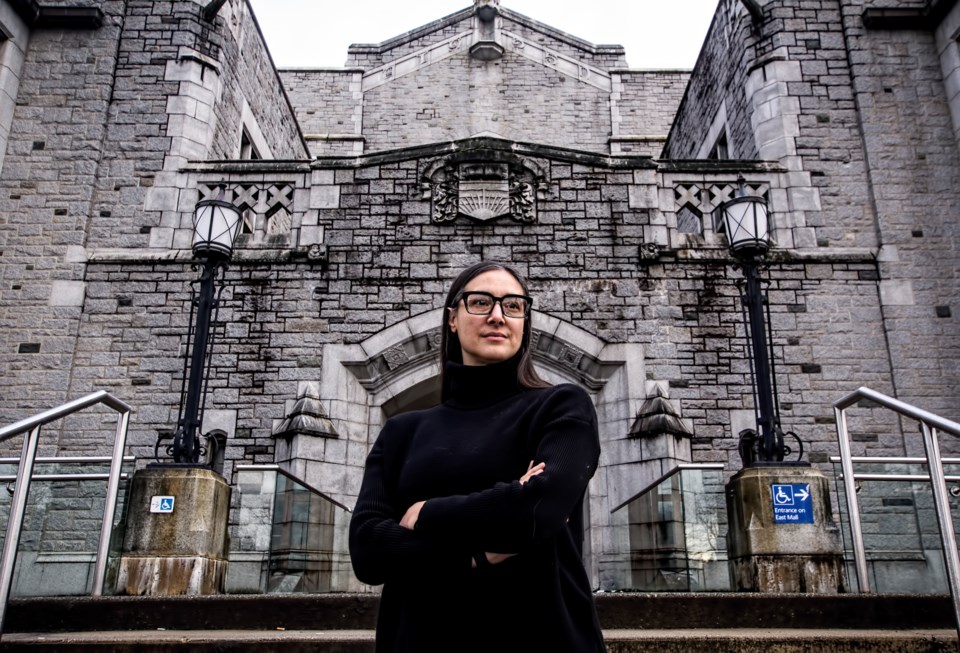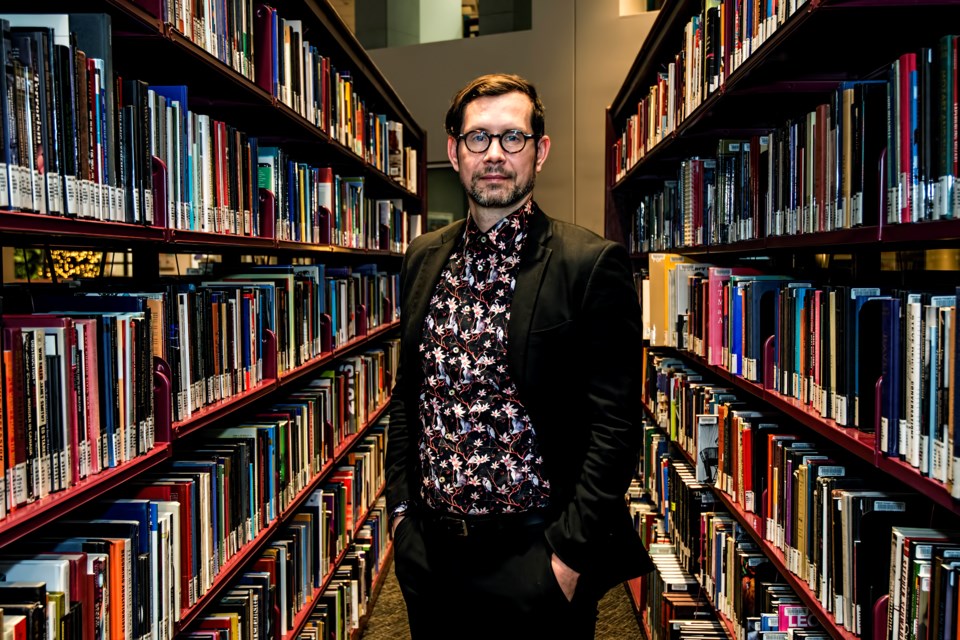The rise of artificial intelligence is set to significantly change how employees work and the education they need. Not only is AI already transforming tasks, processes and productivity, but emerging technologies have also made it easier for executives to determine the skills that may be missing from the teams and workforces they manage.
Corporate leaders can share this knowledge when they partner with post-secondary institutions to inform curricula that address their skill shortages. Post-secondary institutions, in turn, can benefit from AI because it makes it easier for potential applicants to assess existing programs. Students can then register for the courses AI has determined will best prepare them for the job market.
AI’s fast adoption is indisputable. But while 2023 was the year that generative AI tools became widely discussed, used and feared across industries, there is a range of opinions on how fast society and business will change as a result.
The consensus likely conforms to a version of the old adage often attributed to 1960s-era Stanford University computer scientist Roy Amera: “We overestimate the impact of technology in the short-term and underestimate the effect in the long run.”
How employees’ work lives are changing
Canadian workers are increasingly using AI in the workplace, and some are even attending corporate retreats or boot camps to learn specific skills and to be able to tout themselves as experts within a specific AI niche.
“Micro-credentials have already started with AI,” says Rob Goehring, who is the founding chair of BC Tech’s AI C-Council, which includes C-suite executives at growth-stage AI companies.
He pointed to Alphabet Inc. offering a series of courses on things such as generative AI, natural-language AI and machine learning. Amazon.com offers similar training, he said.
“There are already a lot of the corporates that provide the toolkits,” Goehring says.
Some of the training on how to use AI is free and consists of a series of videos.
The University of Northern British Columbia, in contrast, has a machine learning and AI bootcamp certificate that costs $5,995 and involves 450 hours of mixed live-virtual sessions and self-study time over 22 weeks ending in June.
Professors at Simon Fraser University (SFU) and the University of British Columbia (UBC) tell BIV that AI is being integrated into virtually all programs at those institutions in some form or another.
Demand for training is rising because of AI’s rise in the workplace.
Consulting firm KPMG last fall surveyed 4,515 Canadians and found that 22 per cent say that they use AI technologies to help them do their jobs.
The survey, taken in October and November 2023, also found that 61 per cent of respondents say they use generative AI multiple times per week for work purposes. That is up from 52 per cent of respondents who reported doing so in a similar survey in May 2023.
KPMG partner Seamus Blackmore points to OpenAI releasing its free public ChatGPT chatbot in November 2022, and how that rapidly changed workplace dynamics.
“The incredible speed of adoption after just one year of being introduced to the general public shows how generative AI has not only revolutionized the way people work, but it’s supercharged the speed of technology innovation as well, with breakthroughs happening at a much faster rate,” he says.
“For business leaders, it’s imperative to keep up with this rapidly evolving technology, understand how it could affect their businesses and adapt their strategies accordingly if they want to compete.”
KPMG’s survey attempted to quantify how much time workers are saving by using generative AI. It found that 58 per cent of users say generative AI helped them save between one and five hours per week at work. That is up from 55 per cent in May.
Better insights on corporate skills matrixes
AI is helping corporate executives gain a better understanding of the skillsets their workers possess, as well as the skills their workforce needs to excel but currently lack.
Many Fortune 500 companies as well as B.C. organizations such as the Immigrant Services Society of British Columbia have used technology made by SkyHive Technologies Inc., which is based in Vancouver and in Palo Alto, California.
CEO Sean Hinton explains that his company pulls in more than 26 terabytes of data from around the world each day. His technology absorbs labour-market intelligence, patent applications, academic research, job descriptions and other information.
This allows his technology to quickly discern what skills are present in any potential client’s workplace.
Most employees today, for example, have digital presences on sites such as LinkedIn.
“They’ve all stated their positions, their titles, their names and said that they are more than happy to share their information for the purposes of job opportunities and professional networking,” Hinton says. “All of that information is activated.”
In addition to finding out the skills that exist in a given workforce, Hinton says his clients usually come to him to discover things such as how skills and jobs are changing in the labour market in real time, the skills gap between a current workforce and an ideal future workforce, and how training can bridge that gap.
Post-secondary institutions that use SkyHive technology would not only be able to better determine the skills or jobs that will be needed in the future, but they will also be able to better market their offerings to students because they have data to back up the marketing for their curricula, he says.
Students that use AI, similarly, could better determine with a quick search which post-secondary institutions offer programs that best teach needed skills.
Employers often partner with post-secondary institutions and AI can help the former determine whether their capital is best spent partnering with a college to offer a training program, or whether it is better invested in training employees in-house and on the job.
“If you looked at job descriptions across the entire planet, roughly 92 per cent of them reference for AI, at least for professionals, and yet only 30 per cent of the labour supply has skills in these areas,” Hinton says. “So right now, we see a massive gap between demand and what’s available.”
How fast that gap will close depends on how fast AI advances. That in turn depends on whether computer chips become more widely available, and on how much faster they can function, he adds.

Universities are already adapting to AI
While AI will be able to write essays and perform research much quicker than any human, the basic principles that underly those tasks will still be important for humans to know, says Elisa Baniassad, acting director at UBC’s Centre for Teaching, Learning and Technology.
Decades ago, elementary school teachers taught students arithmetic and stressed how important it was for them to learn multiplication tables because they would not always have a calculator handy.
The advent of smartphones made calculators ubiquitous, but the underlying knowledge of how to work with numbers remains valuable, says Baniassad, who is also a professor of teaching in the university’s department of computer science.
“It’s not just that you won’t have a calculator that is the reason that you need to be able to add,” she said. “You also have to have a nuanced sense of how numbers fit together to be able to do higher-order math, and to be able to reason about physics and most of the things that happen in our world.”
Knowing things such as math, grammar, coding and logical reasoning enables humans to build models for even more complex tasks.
This means that post-secondary education is in an exciting era because educators and society are newly contemplating why computer science students, for example, need to learn syntax and programming languages, Baniassad says. There may be abundant reasons why they should, but for the first, time people are asking the question.
“Right now, we don’t necessarily have a ‘why,’ because we’ve never needed a ‘why’ because we never had something that would just be able to write code for us quite this efficiently.”
Philippe Pasquier similarly tells BIV that students need to learn to function with and without AI.
As a professor and the director of SFU’s Metacreation Lab for Creative AI, Pasquier has watched AI evolve to be integrated into classes across a range of disciplines.
“I encourage students to use ChatGPT – or any of the hundreds of generative AI solutions out there – to help them for research and augmented information retrieval, ideation, writing [and] summarization,” he says.
“In my sound-design class, IAT 340, I task students to design a soundtrack for video excerpts and then ask them to do it again with the help of a computer-assisted sound-design AI system from my laboratory. We can then compare, contrast and discuss the pros and cons of these two creative techniques.”
AI tools for faculty are also evolving fast.
Professors and teaching assistants now use AI to generate exam questions, provide ideas for assignments, write tutorials and provide step-by-step instructions, he says.
Oral exams remain key to determining if a student genuinely grasps material, but multiple-choice exams graded by an AI system are also part of the way students get assessed.
Pasquier and Baniassad say they expect change to continue in the next few years but that it may not be as radical as some people fear.
“I don’t think fields move that quickly,” Baniassad says.
“A lot of the safety practices are going to make sure that any kind of auditing or validation is still very much in place for a while.”
Pasquier adds that while technology moves fast, human-made regulatory systems can slow things down.
“The next 10-to-15 years will see a slow but durable and systematic adoption of these systems in virtually every domain,” he says.
“It is virtually impossible to predict the impact of this technology."



